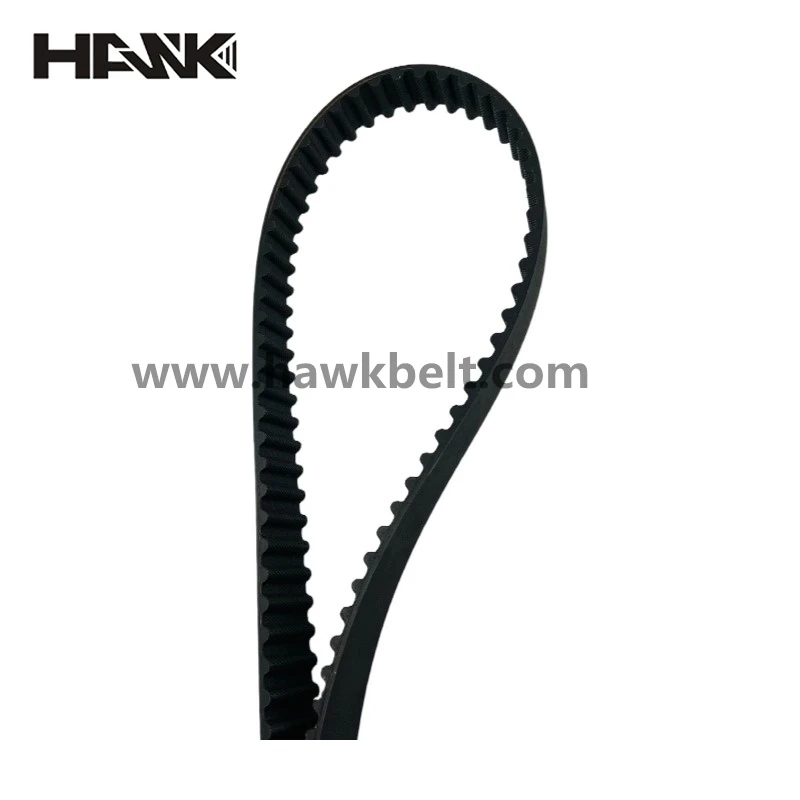- Arabic
- French
- Russian
- Spanish
- Portuguese
- Turkish
- Armenian
- English
- Albanian
- Amharic
- Azerbaijani
- Basque
- Belarusian
- Bengali
- Bosnian
- Bulgarian
- Catalan
- Cebuano
- Corsican
- Croatian
- Czech
- Danish
- Dutch
- Afrikaans
- Esperanto
- Estonian
- Finnish
- Frisian
- Galician
- Georgian
- German
- Greek
- Gujarati
- Haitian Creole
- hausa
- hawaiian
- Hebrew
- Hindi
- Miao
- Hungarian
- Icelandic
- igbo
- Indonesian
- irish
- Italian
- Japanese
- Javanese
- Kannada
- kazakh
- Khmer
- Rwandese
- Korean
- Kurdish
- Kyrgyz
- Lao
- Latin
- Latvian
- Lithuanian
- Luxembourgish
- Macedonian
- Malgashi
- Malay
- Malayalam
- Maltese
- Maori
- Marathi
- Mongolian
- Myanmar
- Nepali
- Norwegian
- Norwegian
- Occitan
- Pashto
- Persian
- Polish
- Punjabi
- Romanian
- Samoan
- Scottish Gaelic
- Serbian
- Sesotho
- Shona
- Sindhi
- Sinhala
- Slovak
- Slovenian
- Somali
- Sundanese
- Swahili
- Swedish
- Tagalog
- Tajik
- Tamil
- Tatar
- Telugu
- Thai
- Turkmen
- Ukrainian
- Urdu
- Uighur
- Uzbek
- Vietnamese
- Welsh
- Bantu
- Yiddish
- Yoruba
- Zulu
Lis . 14, 2024 05:16 Back to list
engine v belt
Understanding Engine V Belts Importance, Types, and Maintenance
Engine V belts, also referred to as V-belts, play a crucial role in the operation of a vehicle's engine. These belts are essential components in the drive system, transmitting power from the engine to various peripheral devices. Understanding the function, types, and maintenance of V belts can help vehicle owners ensure optimal performance and prolong the lifespan of their engines.
What Are Engine V Belts?
The V belt is a type of rubber or synthetic belt that features a trapezoidal cross-section, resembling a V shape when viewed in profile. This design allows the belt to fit snugly into the grooves of pulleys, thereby enhancing grip and reducing slippage. V belts are primarily used to drive accessories such as alternators, water pumps, power steering pumps, and air conditioning compressors.
Importance of V Belts
The importance of V belts in an engine cannot be overstated. They are responsible for converting the engine's rotational force into mechanical power, enabling various engine components to operate smoothly. A well-functioning V belt contributes to the overall efficiency of the vehicle’s engine, helping maintain optimal performance levels. When V belts wear out or break, it can lead to a series of issues, such as loss of power steering assistance, overheating due to a faulty water pump, or a dead battery from a non-functional alternator.
Types of Engine V Belts
There are various types of V belts available in the market, each designed for specific applications. The most common types include
1. Classical V Belts These are the standard belts used in many vehicles and are suitable for general applications. They come in different sizes and lengths to fit various engine models.
2. Narrow V Belts These belts have a narrower design, allowing them to fit into smaller spaces while providing the same power transmission efficiency. They are commonly found in modern vehicles where space is a constraint.
engine v belt

3. Cogged V Belts Cogged belts feature notches or cogs on the inside surface, which enhance flexibility and allow for better heat dissipation. They are ideal for high-performance applications where higher loads are expected.
4. Variable Speed V Belts These are specially designed belts that can adjust to different speeds, making them suitable for variable-speed drive applications.
Maintenance of V Belts
Proper maintenance of engine V belts is essential to prevent premature wear and ensure smooth operation. Here are some maintenance tips
- Regular Inspections Check V belts for signs of wear, such as cracks, fraying, or glazing. Regular visual inspections can help identify potential issues before they lead to belt failure.
- Proper Tensioning Ensure that the V belt is properly tensioned. A belt that is too loose may slip, while one that is too tight can cause premature wear on both the belt and the pulleys.
- Cleaning Keep the belt and pulleys clean from oil, grease, and debris, as contaminants can affect the grip and performance of the belt.
- Replacement If a belt shows significant wear or has reached its service life as per the manufacturer's recommendations, it should be replaced promptly to avoid mechanical failures.
Conclusion
In summary, engine V belts are vital components that ensure the proper functioning of various engine accessories. By understanding their importance, types, and maintenance needs, vehicle owners can take proactive steps to ensure their vehicles remain reliable and efficient. Regular inspections and timely replacements can go a long way in prolonging the life of both the V belts and the engine they serve.
-
Korean Auto Parts Timing Belt 24312-37500 For Hyundai/Kia
NewsMar.07,2025
-
7PK2300 90916-T2024 RIBBED BELT POLY V BELT PK BELT
NewsMar.07,2025
-
Chinese Auto Belt Factory 310-2M-22 For BMW/Mercedes-Benz
NewsMar.07,2025
-
Chinese Auto Belt Factory 310-2M-22 For BMW/Mercedes-Benz
NewsMar.07,2025
-
90916-02660 PK Belt 6PK1680 For Toyota
NewsMar.07,2025
-
drive belt serpentine belt
NewsMar.07,2025

